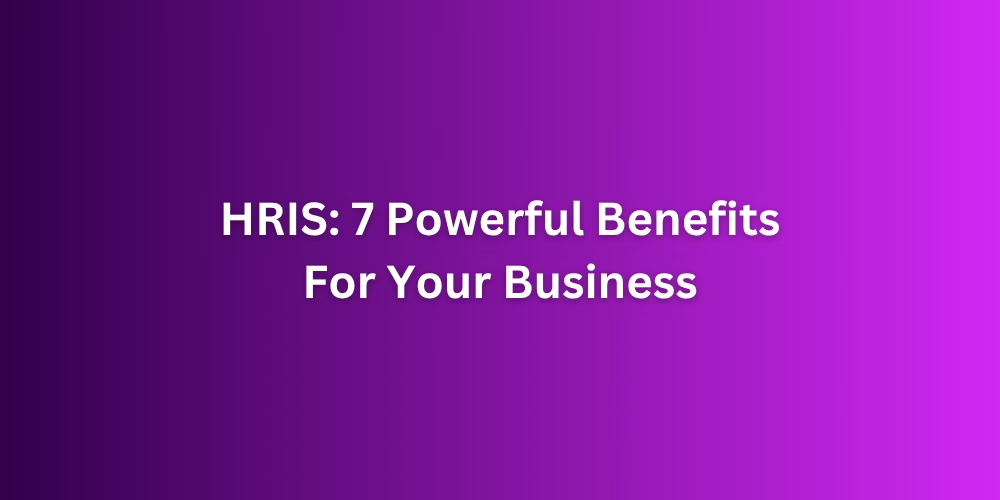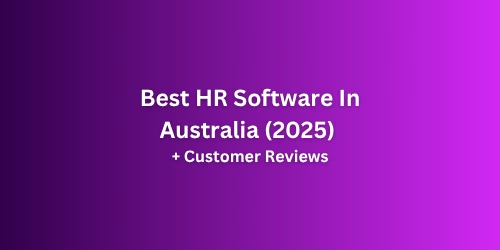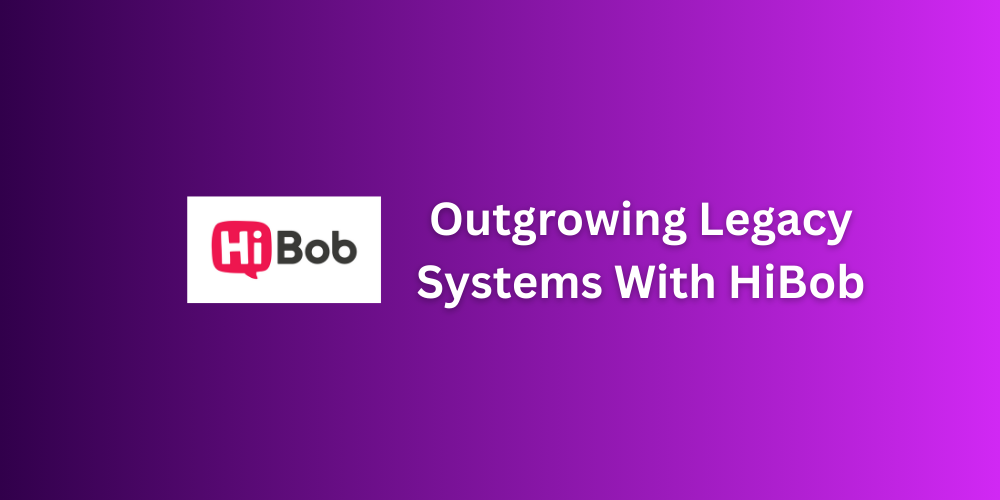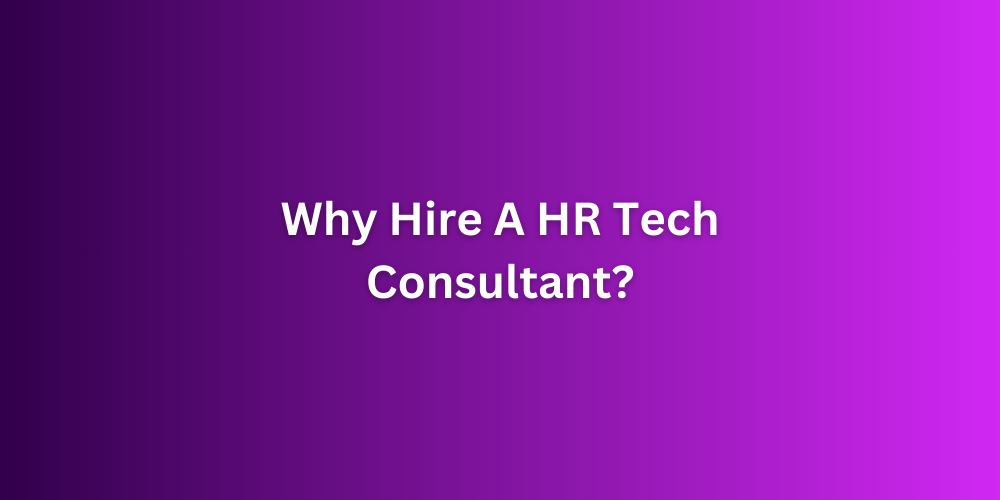In today’s fast-paced business world, Australian organisations are leaning heavily on technology to stay ahead. One standout tool that’s transforming HR departments is the Human Resources Information System (HRIS).
Whether you’re looking to streamline your processes, support your team more effectively, or make smarter decisions using real-time data, an HRIS can offer your business a competitive edge.
Let’s unpack seven key benefits of implementing an HRIS tailored to the needs of modern Australian companies in 2025.
What is a Human Resources Information System (HRIS)?
You might of heard it also referred to as a Human Capital Management (HCM) or Human Resource Management System (HRMS).
A HRIS is an all-in-one platform designed to handle the many moving parts of HR. It brings together everything from employee records and payroll to recruitment and performance tracking. Whether you’re using a cloud-based (referred to as online HRIS) or on-premise system, an HRIS centralises your HR operations into one efficient, accessible space.
Put simply, it’s the digital backbone of a modern HR department. It replaces paper trails and manual processes with automation, helping your team work smarter, not harder.
In Australia, we are spoilt for choice with dozens of vendors providing many HR software options (including the Australian owned Employment Hero platform), each with their own unique benefits and points of difference.
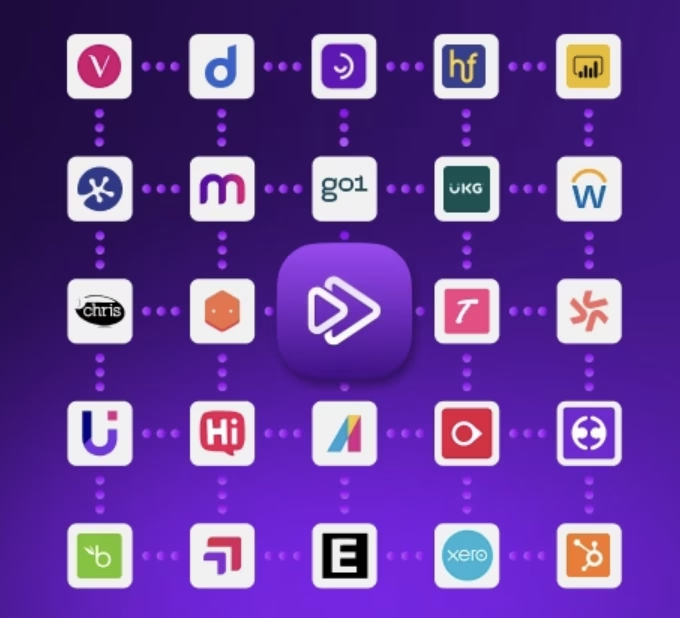
Why HRIS Matters for Australian Businesses
For local businesses, especially those juggling compliance with Fair Work Commission standards and other evolving regulations, an HRIS can be a game-changer.
A HRIS reduces admin burden and allows HR teams to focus on what really matters… building great teams, fostering culture, & strategic goals (Moussa & El Arbi, 2020).
So, what does this look like in action? Let’s dive into the real-world advantages.
1. HRIS Streamlines Employee Management
Managing employee data across spreadsheets, emails, and filing cabinets isn’t just inefficient, it’s risky.
Smarter Employee Management
With an HRIS, all your employee information from job titles and performance history to training records is stored in one secure place. Need to check someone’s leave balance or update contact details? It’s just a few clicks away.
For Aussie businesses navigating local legislation like the Fair Work Act 2009, having accurate, centralised records is crucial.
HRIS Boost Efficiency
Streamlining admin means your HR team can spend less time on manual data entry and more time on higher-impact work like supporting employee growth or improving onboarding. And for companies with remote or hybrid teams, real-time access to employee data makes coordination a breeze.
Now that we’ve seen how a HCM improves day-to-day management, let’s explore how it handles one of the most critical areas: data.
2. HRIS Enhances Data Management
In an era where data privacy is under the spotlight, secure, reliable data management isn’t just nice to have, it’s essential.
HRIS as Built-In Security Giving You Peace of Mind
An HRIS ensures employee data is stored securely with built-in features like encryption, role-based access, and audit trails. This is especially important in Australia, where laws like the Privacy Act 1988 govern how businesses handle personal information.
Staying Compliant Without the Stress
By automating record-keeping and generating up-to-date compliance reports, an HRIS takes the pressure off your HR team. Whether it’s ensuring superannuation data is ATO-compliant or keeping contracts up to date, the system does the heavy lifting. Nothing beats the peace of mind of systems staying ahead of the legislative curve.
With your data locked down and compliance covered, let’s look at another time-consuming HR task that an HRIS transforms: payroll.
3. Improve Payroll Processing
Processing payroll manually is not only tedious, it’s a minefield for errors. HRIS takes the guesswork out of it.
Smarter Payroll, Fewer Headaches
Integrated payroll functionality handles everything from tax deductions to super contributions automatically, aligning with the latest Australian regulations. Say goodbye to juggling spreadsheets at EOFY!
Benefits Made Simple
On top of that, HRIS systems often include employee self-service portals, letting staff view their payslips or update their benefits without needing to go through HR. That means fewer back-and-forth emails and more empowered employees.
With payroll out of the way, let’s look at how automation unlocks serious time savings across all your HR processes.
4. HRIS Automates HR Processes
Imagine eliminating the repetitive admin tasks that eat up hours of your HR team’s week. With an HRIS, that’s the reality. According to Zapier data, HR professionals save an average of 8 hours per week using automation. Multiply that by the number HR staff in your business and again by the number of weeks in the year and it’s not hard to see how HRIS systems can return 2-5x in ROI. In fact, its usage allows for reducing costs by operating with a leaner HR staff as your business scales.
You can learn more about ROI by listening to Ep#2 of the Digital Directions Podcast.
From auto-sending onboarding emails to scheduling performance review reminders, HRIS automation means fewer manual processes and fewer mistakes.
Reclaiming Time Through Automation: Automation Benefits:
- Recruitment: Automatically post jobs, screen applicants, and send interview invites.
- Onboarding: Deliver welcome emails, training plans, and digital paperwork.
- Leave Management: Track requests and approvals in real-time.
- Performance Reviews: Set reminders and collect feedback seamlessly.
With these tasks off your plate, your team has the breathing room to focus on what really moves the needle like workforce planning and retention. Speaking of that…
5. HRIS Enhances Reporting and Analytics
Gone are the days of guesswork. HRIS systems give you clear, data-backed insights into how your people and teams are really doing.
Tap Into the Power of Workforce Analytics
Want to know why absenteeism is spiking? Curious which teams have the highest turnover? With built-in reporting tools, HRIS platforms can answer those questions in seconds.
Making Smarter, Faster Decisions
Whether it’s deciding who’s ready for a promotion or identifying training gaps, HR leaders can now rely on real-time data, not hunches. And in Australia’s fast-moving business environment, that kind of agility is invaluable.
Of course, the employee experience is just as critical as analytics, so let’s talk about how HRMS boosts satisfaction and engagement.
6. HRIS Improves Employee Experience
A great HRIS doesn’t just make life easier for HR, it improves things for every single employee.
Self-Service That Actually Serves
Most modern HRIS platforms come with user-friendly employee portals, giving staff access to payslips, leave requests, personal info, and more, all without needing to contact HR. That reduces admin burden for the HR function and gives your employees more agency.
Building Engagement from Day One
By streamlining onboarding, performance tracking, and feedback, HRIS platforms help employees feel supported and empowered. And in a competitive job market like Australia’s, this kind of experience can mean the difference between retaining top talent or losing them to the competition.
As your company grows, the tools you rely on need to grow with you. That’s where scalability comes in.
7. HRIS Facilitates Scalability and Flexibility
Whether you’re a startup scaling fast or an enterprise with hundreds of staff, an HCM grows with your business.
Why Cloud-Based HRIS Makes Sense
Cloud-based platforms offer the flexibility to work from anywhere, something more Australian teams are embracing post-pandemic. They also update automatically with the latest features; so you’re always ahead of the curve.
HRIS Future-Proofs Your Company
An HRIS adapts as your needs evolve. Start small with payroll and leave management, then expand into recruitment, analytics, and more. No need to switch systems as you grow; just add what you need, when you need it.
What Are the Signs Your Business Might Need a HRIS?
Wonder if your business might benefit from a HRIS? Lets look are some of the common red flags that your HR systems are outdated:

Need advice on buying a HRIS? Book a free consultation with Digital Directions and take the first step toward a smarter, more efficient HR experience.
Learn more about our approach to buying software here: HR Software Procurement or jump over to our Case Studies to read about the real results we achieve for leading companies around Australia.
Conclusion
Let’s Recap the Benefits of a HRIS:
Here’s a quick summary:
- ✅ Streamlined employee management
- 🔒 Secure and compliant data handling
- 💸 Simplified payroll and benefits administration
- ⚙️ Automated HR tasks
- 📊 Powerful reporting and analytics
- 🙌 Improved employee experience
- 🌱 Scalable and flexible for growth
Final Thoughts
In 2025, an HRIS isn’t a “nice-to-have”… it’s a must-have. If you’re serious about simplifying operations, engaging your team, and staying compliant with local regulations, now’s the time to invest in the right HR software.
Start exploring your options in Australia today and take your HR operations to the next level. Read more about the leading HRIS providers.
References
Ben Moussa, N., & El Arbi, R. (2020). The impact of Human Resources Information Systems on individual innovation capability in companies: The moderating role of affective commitment. European Research on Management and Business Economics, 26(1), 18–25. https://doi.org/10.1016/j.iedeen.2019.12.001

